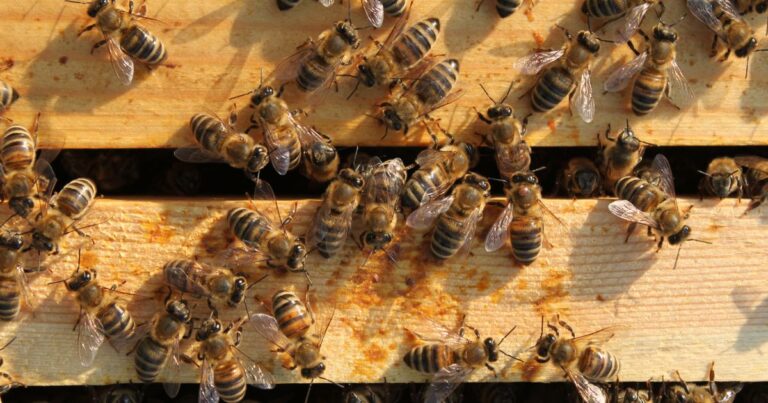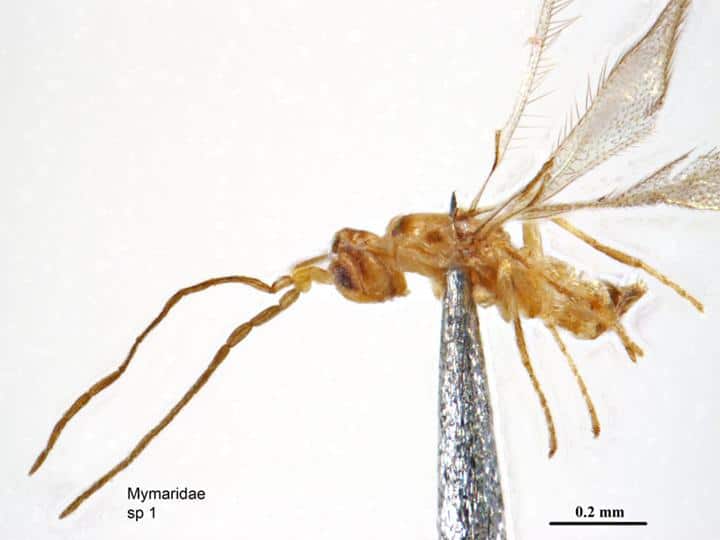Beeswax Wraps Australia
Beeswax Wraps Part 1: The Problem with Plastic. It has been estimated that the average Australian family disposes of more than 60 kilograms of plastic…
Beeswax Wraps Part 1: The Problem with Plastic.
It has been estimated that the average Australian family disposes of more than 60 kilograms of plastic waste every year. The grim reality is confirmed by Government statistics: in the 2018-2019 financial year, Australia produced a staggering 76 million tonnes of waste – a 10% increase on 2016-7. Plastic waste amounted to 2.5 million tonnes, of which the domestic sector accounted for 47%; only 9% was recycled and 84% ended up in landfill. On a global scale, 78 million tonnes of plastics were manufactured in 2013. Nearly half of this will inevitably culminate in landfill, while every year more than 8 million tonnes of plastic are dumped into the world’s oceans, where it can have disastrous effects upon marine life. Plastics leach chemicals into the surrounding environment and may require 450 years or more to break down.
Single-use plastics are of particular concern since they are not reusable and are consequently discarded immediately. Cling wrap was first sold for household use in the US in 1953; quick, innovative, cheap and convenient, the thin, sticky plastic film helps preserve food by creating an airtight and watertight barrier. It is hardly surprising that this new product was so readily embraced in an age of rampant consumerism.
Originally, many plastic wraps were manufactured from polyvinyl chloride (PVC) and contained compounds called phthalates which confer increased flexibility. However, phthalates also have the ability to disrupt hormones and can cause high blood pressure in young people. From 2006, most plastic wraps have been phthalate-free, and are now made from polyvinylidene chloride (PVDC) or low-density polyethylene (LDPE). Unfortunately, LDPE also contains diethylhexyl adipate (DEHA) which has been associated with breast cancer in women and reduced sperm counts in men. The greatest risk of contamination from harmful chemicals occurs when plastics are heated and in direct contact with food or drink; Cancer research UK warns that cling wrap should not touch food that is being prepared in a microwave oven, and other sources recommend removing the wrap completely prior to reheating. Meats and cheeses are particularly susceptible, and plastic drink bottles that have been left in the sun should also be avoided.
So, are there safer and more environmentally friendly alternatives to cling wrap? Glass and ceramic containers can be used to store food, and paper towels, cloths and plates can be used to cover food in the microwave, but they cannot seal in freshness like plastic wrap. Beeswax wraps are quickly gaining in popularity and
offer a reusable solution that relies upon the remarkable properties of this incredible organic substance. Enhanced with natural antibacterial qualities, beeswax wraps create a potent barrier for moisture and can effectively preserve a wide variety of foods. In addition, by eliminating the need for single-use plastic wraps, beeswax food wraps reduce pollution. They are cost effective, easy to use, sustainable and environmentally friendly. Beeswax never goes bad; beeswax wraps can be reused over and over again, and can be periodically refreshed as required. They contain only natural products and can ultimately be added to your compost! With so many inherent natural advantages, beeswax food wraps are an ideal example of an eco-friendly product that can be utilised in every household to make a real difference for conservation, health and the environment.



